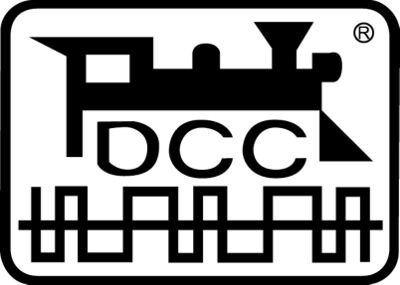FAQ:What is DCC?
| See more FAQs | |
|---|---|
| General information | |
| DCC Categories | Beginner |
| Related Articles: | |
- Main article: Introduction to DCC
- Main article: DCC History
DCC is an acronym for Digital Command Control. There have been various Command Control systems since 1946, Digital is used to differentiate Digital Command Control from the Analog Command Control systems.
Analog Command Control systems, sometimes called Carrier Control, superimposed their signals on a Direct Current voltage. Using various tones, phase shifts or pulses they could achieve a limited range of control over a locomotive. Unfortunately, none of the systems were compatible leading most hobbyists to shun Command Control.
Digital Command Control uses a digital signal on the track at all times, unlike older analog systems which superimposed their signals on a Direct Current voltage.
It is a method for taking input from a throttle (think: train controller) and transferring it to a command station, which sends it out as a digital packet to the entire track layout. The locomotives on the track listen to all the digital packets, looking for their address. Once a locomotive sees a command addressed to it, it performs whatever function it's told to do - such as stop, speed up, slow down, turn lights/on and off, or turn on/off various engine sound effects.
The NMRA established a Digital Command Control standard in the 1990s. Today DCC refers to NMRA Digital Command Control, in which systems bearing their logo are compatible.
See the DCC History page for further information on Command Control systems.
